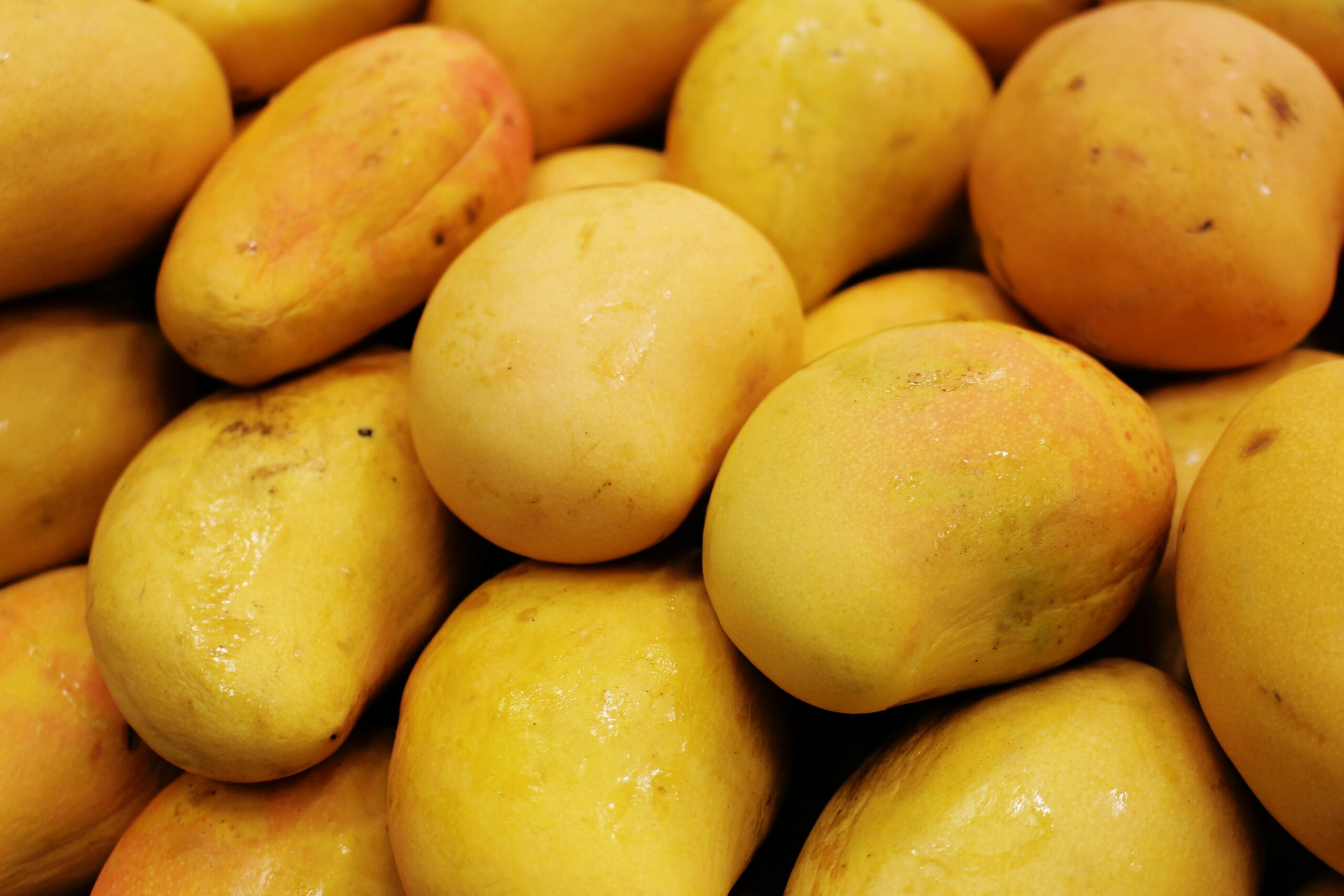
Mangoes are a globally traded tropical fruit with significant economic value, particularly in Asia, Latin America, and Africa. Like other agricultural commodities, mangoes are subject to supply-demand dynamics, price fluctuations, and trade regulations. Below is a detailed breakdown of mangoes as a commodity:
1. Key Characteristics of Mango as a Commodity
A. Standardization & Grading
-
Mangoes are traded based on:
-
Variety (e.g., Alphonso, Kent, Tommy Atkins, Ataulfo, Keitt).
-
Size & Quality (Grade A for export vs. lower grades for local markets/juicing).
-
Ripeness (exported hard/green to extend shelf life).
-
B. Seasonality & Perishability
-
Harvest seasons vary by region:
-
India (March–July – Alphonso, Kesar)
-
Mexico (March–September – Ataulfo, Tommy Atkins)
-
Peru & Brazil (October–March – Kent, Keitt)
-
-
Highly perishable: Requires cold chain logistics, controlled ripening, and quick distribution.
C. Global Trade & Major Players
-
Top Producers: India (~50% of global production), China, Thailand, Mexico, Indonesia.
-
Top Exporters: Mexico, India, Brazil, Peru, Pakistan.
-
Major Importers: USA, EU, Middle East, China.
2. Market Dynamics
A. Pricing Factors
-
Supply fluctuations (weather, pests like fruit flies, droughts).
-
Demand surges (festivals in India/Middle East, summer demand in the West).
-
Trade policies (e.g., US restrictions on Indian mangoes due to pests; EU phytosanitary rules).
B. Value Chain
-
Farmers → Local Traders → Exporters → Importers → Retailers.
-
Processed forms: Pulp, juice, dried slices (adds value but reduces perishability risks).
C. Futures & Contracts
-
Unlike grains, mangoes are not traded on futures exchanges due to perishability.
-
However, long-term contracts exist between exporters and supermarkets (e.g., Mexican mangoes to Walmart, Costco).
3. Challenges in Mango Commoditization
✅ Perishability – Short shelf life increases losses (~30% spoilage in some markets).
✅ Logistics Costs – Air freight for premium exports (e.g., Indian Alphonso to the EU) vs. sea freight for processed pulp.
✅ Quality Control – Inconsistent ripening, pest infestations (e.g., Indian exports face US/EU bans at times).
✅ Competition – Cheaper substitutes like bananas, local fruits in import markets.
4. Non-Commodity Aspects (Value Addition)
-
Branded Mangoes (e.g., Alphonso from India, Ataulfo from Mexico).
-
Organic & Fair Trade mangoes (higher premiums in EU/US).
-
Processed Products (Nestlé’s mango juices, dried snacks, chutneys).
5. Comparison with Other Fruit Commodities
| Feature | Mango | Banana | Apple |
|---|---|---|---|
| Perishability | High | Medium | Low |
| Global Trade | Moderate (limited by shelf life) | High (most traded fruit) | High |
| Processing | Pulp/juice/dried | Mostly fresh | Juice/cider/dried |
| Price Volatility | High (seasonal) | Low (controlled by big corps) | Moderate |
Conclusion
Mangoes function as a semi-commodity—traded in bulk but with higher risks (perishability, seasonality) than stable commodities like wheat or coffee. Value addition (processing, branding) helps reduce pure commodity dependence.
